Two Minute Tips
What Is the Particle Quantification Index (PQI)?
What Is the Particle Quantification Index (PQI)?
The analysis of contaminants, wear metals and additives in used oil paints an accurate picture of the condition of the oil and the machinery that it lubricates.
The determination of the concentration of the parameters mentioned above is expressed in PPM (parts per million); 1 PPM is equal to 1/10,000 of 1%. These concentrations (e.g., Fe = 100 PPM) are measured with a spectrometer, typically an ICP (Inductively Coupled Plasma) spectrometer. However, there is a fundamental limitation to measuring the concentration of wear debris using this technique: because of the way that the instrumentation operates, particles greater than about 5µ cannot be measured. This is because the sample is introduced into the instrument as an aerosol and the droplet size is of the order of 5µ. It is obvious that an abnormal wear situation could exist with large wear particles present, but the iron concentration might be low; that is, all the wear particles are greater than 5µ.
The solution, then, would be to filter all oil samples through a 5µ membrane and examine the debris under a microscope. This practice is highly labour intensive, both in terms of preparing the membrane and in terms of examining the debris. To keep costs down and to make turnaround time as quick as possible without sacrificing quality, the PQ is used.
The PQI (Particle Quantifier Index) is a bulk magnetic index of the oil sample. The oil sample bottle is shaken and then placed in the instrument, which uses a magnetic field that is disturbed by any ferrous (magnetic) material in the sample, irrespective of size. The extent to which the magnetic field is disturbed is proportional to the total ferromagnetic content of the oil. The PQ is a unitless number, but it is quantitative and can be trended: the higher the number, the more ferrous debris present. Although the PQ is related to the total ferrous content of the sample, it is difficult to express this as an actual concentration in mg per litre. This is because different iron and steel alloys have different magnetic properties.
Although the PQ is a quantitative measurement, the laboratory uses it as a screening test. If the PQ is over a certain failure limit then the oil will be filtered through a 5µ membrane and the debris examined under a microscope; a qualitative description of the debris is given in the diagnosis.
The failure limits depend on the type of component that the oil has come from: a turbine is a far more delicate system than a gearbox. To give an example, the failure limit for a turbine is 25 and the failure limit for a gearbox is 250. These failure limits have been determined from correlation studies of tens of thousands of samples where both a PQ and an MPE (Microscopic Particle Examination) have been carried out.
A PQ measurement is carried out on all samples and approximately 20% of the samples fail; of the MPEs carried out on this 20%, roughly half are completely normal.
In terms of non-magnetic wear material such as white metal or copper/brass/bronze, it is very unusual to find a non-ferrous metal wearing against another non-ferrous metal, as iron tends to be the major wearing element in all mechanical systems. Often, non-magnetic material becomes impacted into ferrous wear debris during the wear process so even non-magnetic material can have a magnetic signature.
Although the PQ is quantitative, the actual readings can be subject to fluctuations. This is because a few large particles with fast settling rates may be present with many small particles with slower settling rates. Getting a homogeneous mixture to measure accurately and consistently is no easy task. So, the readings can be trended, but don’t expect any nice straight lines.
A high PQ could be as a result of many very small wear particles and, in this case, the iron would be very high. This indicates the onset of an abnormal wear situation. As wear progresses, larger particles will start to be generated and the PQ will increase, but the iron might not, as the particles are too big to be detected by the spectrometer. Eventually visible debris will be noted in the MPE.


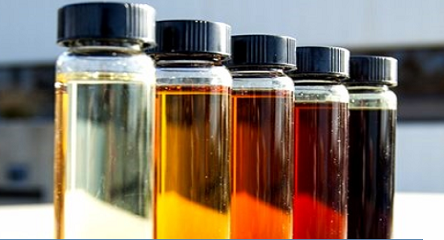
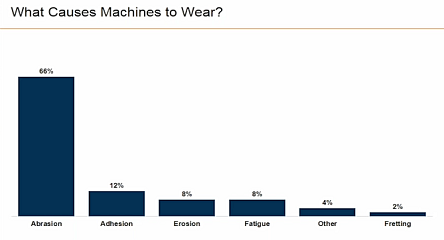
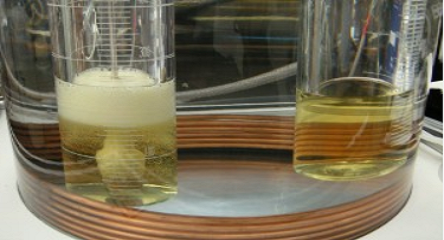
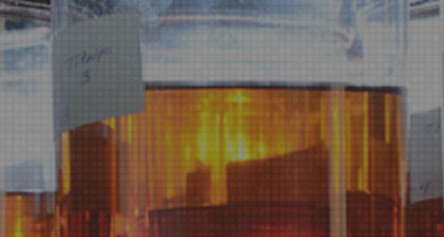
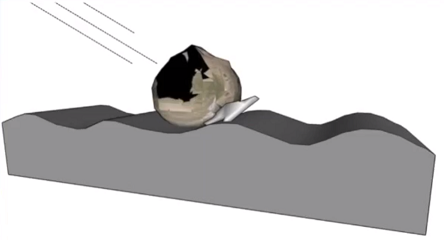
is it correlation with the determination of iron performed with the xrf technique?